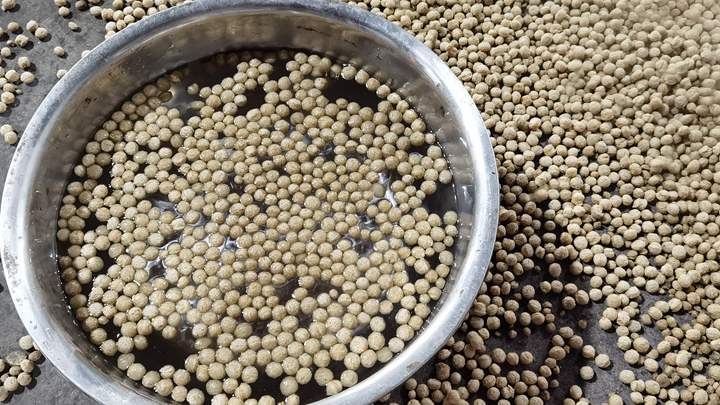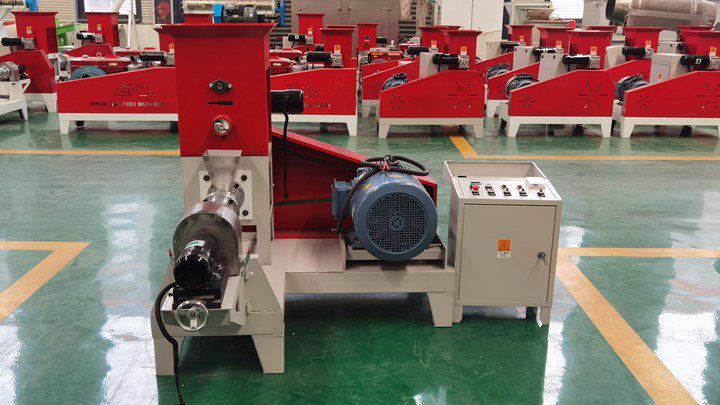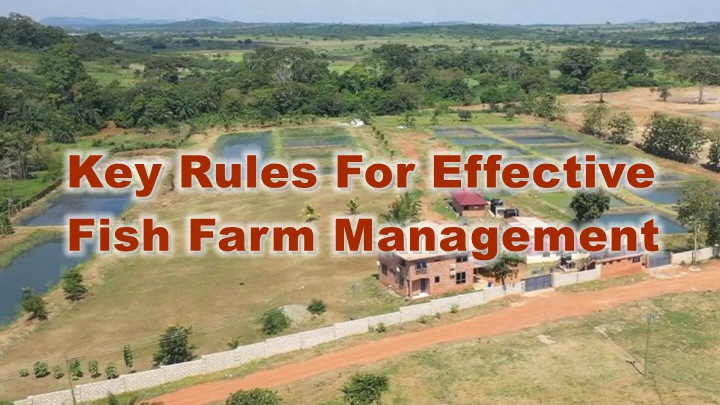The popularity of fish feed in aquaculture has created a booming market for fish feed pellets. For farmers who do not own a floating fish feed machine, 50-70% of farming capital goes to sourcing fish feed from commercial stores.
Due to the cost of feed, it’s worth knowing how to judge high-quality feed from dozens of pellet brands on the market. Fish farming will be more profitable using cost-effective feed products to grow your fish.
In this guide, you’ll learn simple techniques that will help you identify quality pellets. Let’s check them out.
Factors to consider when choosing fish feed pellets
Here are the most important things to look out for when selecting pellet feed.
Physical appearance
Fish feed is a composition of fish meal, soybeans, wheat oil, vitamins, and minerals uniformly ground, mixed, and pelletized by the fish feed extruder. Depending on the raw material mix, fish feed usually comes in a variant of colors, including yellowish brown or brown. However, confirm that the feed’s color is vibrant, as discoloration could be a signs of oxidation or microbial contamination.
The surface of high-quality feed should be fine, uniform, and glossy. Purchasing pellets with uniform size and shape ensures equal distribution of nutrients to all fish. Feed with a smooth surface area will also possess high storage durability, palatability, and utilization rate.
Smell
Due to the combination of diverse raw materials, pellet fish feed should have a unique fragrance. However, if you open a bag of feed and it has a mold, bitter, or artificial smell, the pellets may not be of good quality.
Other reasons for this anomaly include using substandard raw materials, excess moisture content, and deterioration during storage.
Twist
Fish feed must possess a degree of mechanical strength that allows it to retain hardness even after you twist with your fingers. It should not be too hard, but it should not break easily. If the powdering rate is high during transportation, much of the feed will go to waste.
Note that the strength of the fish feed depends on the pelletizing process. The feed material is introduced into the feed pellet machines, where it undergoes compression and extrusion through a die. The right floating feed pellet machine should be used for production to obtain pellets at the right hardness and palatability rates.
Sinking speed
Observe the feed’s buoyancy when tossed into the water. Naturally, high-quality pellets should float on the water surface for about 4 seconds. If the feed sinks too fast, the fish will not be able to eat it, resulting in waste that is bad for business.
On the other hand, the floating time should be brief because otherwise, it suggests that the feed has more crude fiber than expected.
Conclusion
After you’ve tested the quality of fish feed, you must check the fish feeding behavior when they receive feed. Remember that fish need various fish feed pellets at different stages of growth. You need to stick with high-quality feed and, when you can, get a durable fish feed extruder to make production easier.





